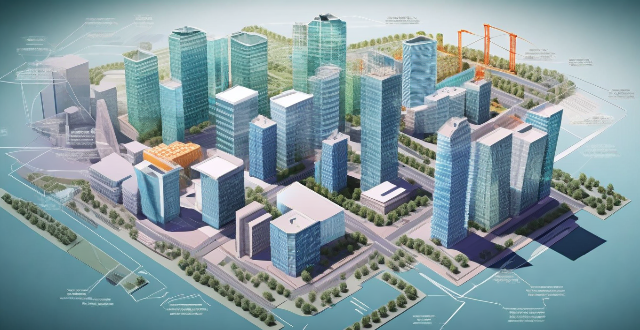This article discusses the factors affecting the number of communication base stations required for a city, including city size and population density, topography, and building height. It also provides an estimate formula to calculate the number of base stations needed based on city area and coverage per station. The conclusion emphasizes the importance of considering these factors in network planning and deployment to ensure reliable communication services across the city.

Communication Base Stations for a City
Introduction
In order to provide seamless communication services across a city, it is essential to have an adequate number of communication base stations. These stations are responsible for transmitting and receiving signals that allow people to make calls, send messages, and access the internet on their mobile devices. The number of base stations required depends on several factors, including the size of the city, population density, topography, and building height. In this article, we will discuss these factors in detail and provide an estimate for the number of base stations needed to cover a typical city.
Factors Affecting the Number of Base Stations
City Size and Population Density
The larger the city, the more base stations are generally required. Additionally, areas with high population density require more base stations than those with lower densities. This is because more people mean more devices using the network, which increases the demand for coverage and capacity.
Topography
The terrain of a city can also impact the number of base stations needed. For example, hilly or mountainous areas may require additional stations to ensure proper coverage due to signal attenuation caused by obstacles such as buildings and trees.
Building Height
Tall buildings can block or reflect radio waves, causing dead zones where users cannot receive a signal. Therefore, cities with many high-rise buildings may require more base stations to provide adequate coverage.
Estimating the Number of Base Stations
To estimate the number of base stations needed to cover a city, we can use the following formula:
$$ \text{Number of base stations} = \frac{\text{City area}}{\text{Coverage per station}} $$
where:
- City area is the total area of the city in square kilometers.
- Coverage per station is the average coverage area provided by each base station, typically ranging from 0.5 to 2 square kilometers depending on various factors such as frequency band, antenna height, and power output.
For example, if a city has an area of 100 square kilometers and each base station provides an average coverage of 1 square kilometer, then approximately 100 base stations would be needed to cover the entire city. However, this is just a rough estimate and does not take into account other factors mentioned earlier.
Conclusion
Determining the exact number of communication base stations needed to cover a city requires careful consideration of multiple factors. While there is no one-size-fits-all answer, understanding these factors can help telecommunication companies make informed decisions about network planning and deployment. By providing sufficient coverage and capacity, they can ensure that residents and visitors have reliable access to communication services throughout the city.